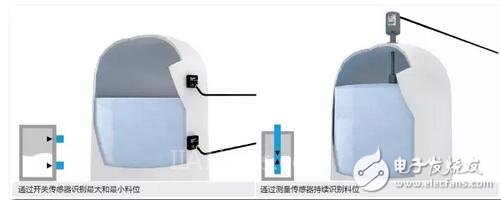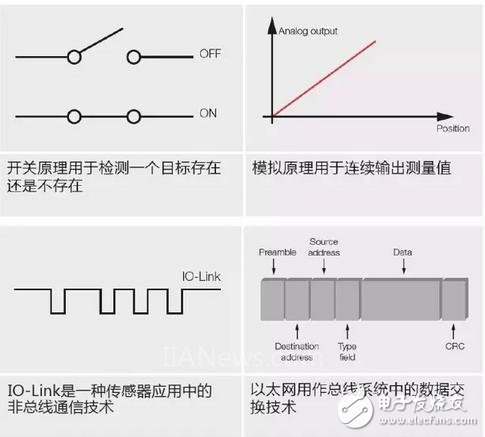Sensors and systems with a variety of different operating principles open up a wide range of applications. A wide range of products can also meet individual requirements. Regardless of the operating principle, there are two basic variants of the output signal: the switching sensor and the measuring sensor. (left) Identify the maximum and minimum fill levels by the switch sensor (Right) Continue to identify the level by measuring the sensor In some applications, you only need to probe two locations: the start and end points. In other applications, position detection is required over the entire measurement range. Depending on your information needs, you can choose between a switch sensor or a measurement sensor. The following guidelines should be considered when choosing: Advantages of the switch sensor: ■Simple technology and low cost ■Easy to debug ■Usually not in contact with the media The advantages of measuring sensors: ■Higher position and distance accuracy ■Continuous dynamic measurement ■More flexible than switching sensors The switch sensor detects the presence or absence of a target. Unlike analog sensors, continuous distance or position detection is possible. IO-Link and Ethernet can output both switching signals and measured values. In addition, these technologies enable you to exchange additional data information, such as product names or values ​​for "status monitoring," in sync with process data. Gfci Receptacle Outlet,Gfi Electrical Outlet,Gfci Protected Outlet,Outdoor Gfci Outlet Lishui Trimone Electrical Technology Co., Ltd , https://www.3gracegfci.com
